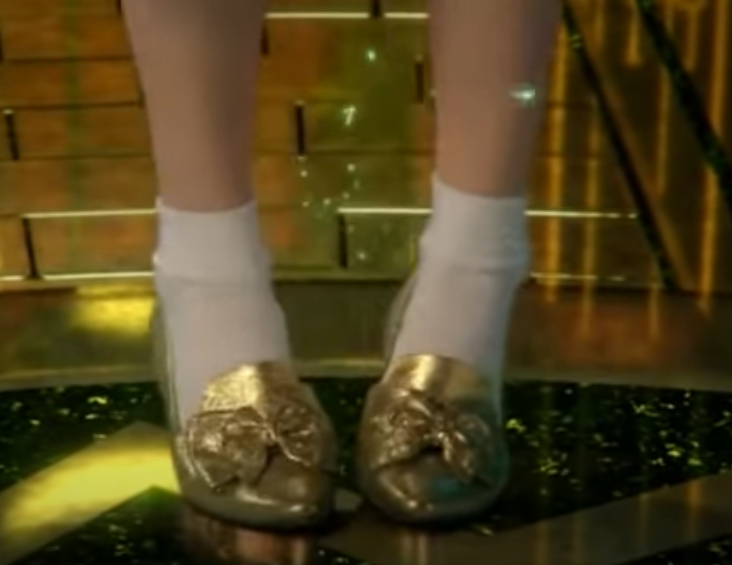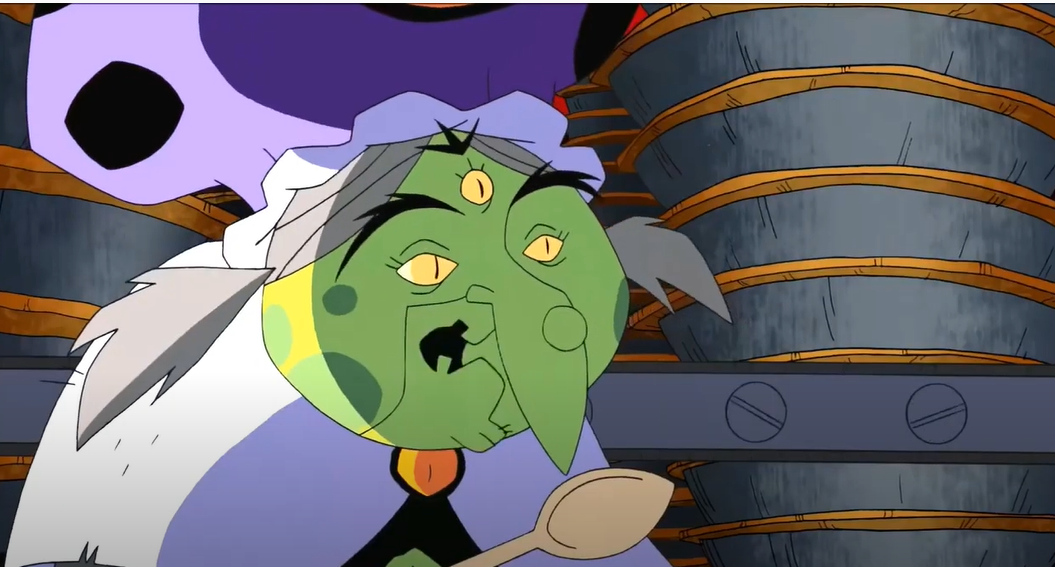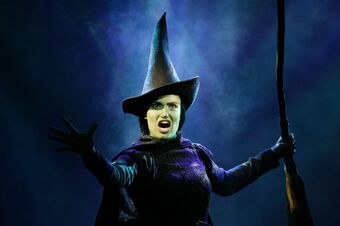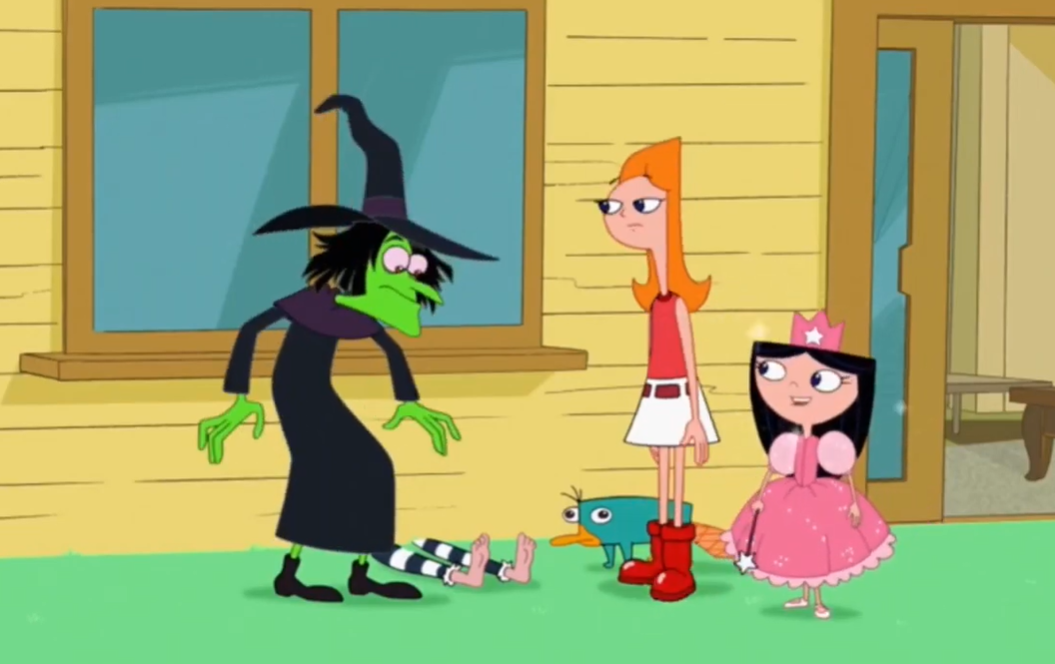Last month, New Line Cinema announced an adaptation of L. Frank Baum’s novel The Wonderful Wizard of Oz directed by Nicole Kassel. Kassel stated that while “the 1939 musical is part of my DNA, I am exhilarated and humbled by the responsibility of re-imagining such a legendary tale.”
There have been many film, stage, and television adaptations of the Wizard of Oz both before and after the 1939 film starring Judy Garland. L. Frank himself Baum brought several black-and-white adaptations of his Oz books to the screen and even founded a short lived studio called the Oz Production Company. But Judy’s Garland’s film was the first to color the story and for that reason will probably always remain the most iconic for its revolutionary introduction of Technicolor. Audiences in 1939 had seen the occasional color scene in movies before, yes, but it was still beautifully startling to watch Dorothy step out of her sepia farm house into a world of color. Visually, it communicates to an audience, “You’re in a world of wonder now.”
The Wizard of Oz’s filmmakers made revisions to the world of the Baum’s book to flex their Technicolor on everyone, which came to color both ensuing Oz adaptations and wider fairy tale portrayals as well. Before 1939, witches weren’t green. There was no reason they should be. Witches looked like your neighbor you wanted to hang for enchanting your pig. Actress Margaret Hamilton was painted green to show off the movie’s innovative palette. Today, her image of witchhood is so iconic that the Salem Witch Trial museum features a picture of hern in an exhibit on perceptions of witches through the ages. Dorothy’s murder-shoes didn’t start out as red, either. Baum’s book had them silver and historians speculate this silver-on-a-gold-road combo was a reference to bimetallism, the backing up of paper currency with silver and gold. That was a hot-button issue in 1900, when L. Frank Baum released his first Oz book, but the Garland movie came out during the Great Depression, when everyone was in a “Give me money, I don’t care what shiny stuff it’s attached to” mood.

Sometimes television likes to flex its knowledge of the source material by giving Dorothy her silver shoes back. The 2015 televised production of The Wiz had them silver, even though their Dorothy wears a red leather jacket and skirt that would’ve matched it nicely. Once Upon A Time also showcased silver shoes, but an episode that incorporated Ruby, the Red Riding Hood character, was titled Ruby Slippers even though silver shoes are used. In NBC’s Emerald City, the munchkins are decidedly more hostile than the ones Judy Garland had to deal with. When Dorothy’’s tornado-propelled pickup truck crash lands on the Wicked Witch of the West, they suppose her to be a power and malevolent witch in her own right. They strap Dorothy to a rack made of antlers, dip it underwater as they interrogate her, and bring her up to answer questions.
It wouldn’t be appropriate in this situation for Dorothy to make off with the witch’s shoes, both because her munchkins are aggressive and her witch doesn’t stay dead, coming back to life multiple times to stalk her down the road. But the series does manage a shoe allusion in the form of a red blanket given to Dorothy to dry off after her interrogation. It’s promptly taken from her once the munchkins kick her off their land, though. Even when screenwriters want to return to Oz’s roots by giving her silver slippers, or skip over the shoes entirely, they’re still in conversation with the 1939 film.
PIC: DOROTHY RED BLANKET

Green witches have likewise come to dominate fairy tale adaptations, even when the tale used as fodder isn’t Wizard of Oz at all. An episode of Teen Titans has the titans fighting a green-skinned witch named Mother Mae-Eye who commands a legion of gingerbread soldiers and bakes children into pies. All the pieces of the story point to Hansel and Gretel, not Oz, but yet her appearance is modeled, consciously or unconsciously, on Margaret Hamilton’s witch. An episode of Adventure Time also features a green witch in a plotline that combines elements of Hansel and Gretel, Rapunzel, and the Frog Prince. Magic dog Jake and his human, Finn, chase a frog carrying a crown into a witch’s garden, where doughnuts grow on plants, and the witch takes away Jake’s powers as punishment for eating one. Their witch is green, though none of the stories this episode draws from call for it. Perhaps the most prominent legacy of Margaret Hamilton’s dye job is the perspective-swapped musical Wicked, where Elphaba’s green coloring serves as grounds for fantastical racism.

Another revolutionary development of the 1939 film was the “all a dream” framing device. Baum’s book had Dorothy tornadoing her way to a real alternate world, but filmmakers thought Thirties audiences wouldn’t take the fantasy seriously and had her wake up from Oz. This story structure is echoed in any work that features an Oz dream plot. An episode of Phineas and Ferb washing their house by spinning the entire building on a metal post while they point a firehose at it. Their sister, Candace, is inside reading The Wizard of Oz at the time and passes out from either dizziness or shock, waking up in an Oz dreamland populated by fantastical versions of people she knows in her waking world. Candace picks up a pair of red boots from a witch (who is perfectly alive, just trapped under her house) and draws the ire of a green-skinned Doofenwarlock. Though Candace takes the events as reality, her brothers lampshade the framing device as the dream puts them riding unicorns.
Phineas: While this is fun, it’s a little girly for us, isn’t it?
Ferb: Well, it is Candace’s dream.

An episode of That’s So Raven has Raven falling asleep while staying home from school to avoid her school principal, who shows up to harass her as a (non-green) witch, Raven herself playing a silver-shod Dorothy. Though it averts the hallmark colorings of the Garland film, this Oz sequence is still in conversation with that movie by filtering the plot through a dream lens. In non-fantasy TV shows, the dream method is the only way to really incorporate an Oz episode into the more realistic context of the series.
Though there were Oz adaptations before and there certainly will be many more in years to come, MGM’s blockbuster film has become the archetypal Wizard of Oz for most audiences, in part because emerging technology gave them the opportunity to color the world of Oz for the first time. Dorothy’s Oz arrival sequence looks garishly gumdrop-colored now, the flowers ovelry glossy, but no new masterpiece of computer animation can capture the inventitivity of the world blooming from a bland sepia to glorious technicolor. It is timeless precisely because it is a product of its time. Whatever inventive new takes Kassell has planned for this new Oz film, her latest take on Dorothy and friends will always be in conversation with the one that led green-skinned Halloween decorations to haunt porch steps every Halloween.